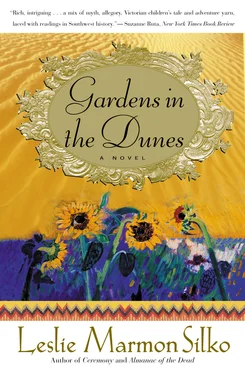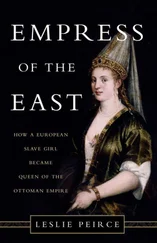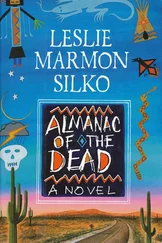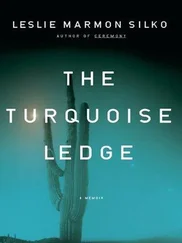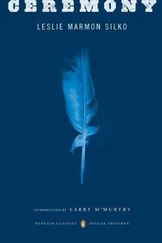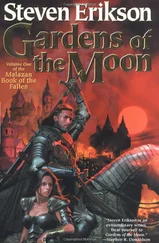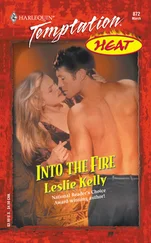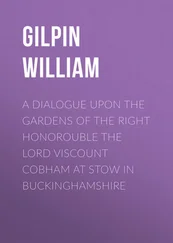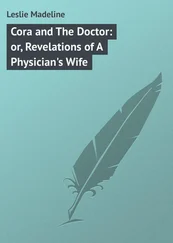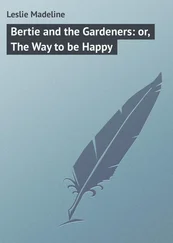The gateway to the rain garden was guarded by two bare-breasted women of terra-cotta holding large basins in their laps to catch the rain. The small statues faced each other on oversize pedestals that flanked the gate. Laura spoke of the link the Old Europeans made between raindrops and drops of breast milk.
Edward felt his cheeks color at the mention of drops of breast milk. A scientist did not blush, but unaccountably his cheeks felt hot, and he quickly bent over to examine a bright red aloe flower — red was a rare color for aloe flowers; most species were yellow or coral.
The figure on the first niche also surprised Edward: it was a sandstone sculpture of what appeared to be a toad, the size of a bread loaf; but on closer examination he realized it was a fat woman on her belly, legs and arms curled close to the body. Big breasts again!
Edward began to feel uneasy about the other figures here, and considered asking Indigo to wait for them in the black garden right then, but he did not want to make a scene. Laura thought her statues posed no moral harm; perhaps not to an Italian child, but for American children, precautions must be taken.
He glanced around and was relieved this garden was smaller than the other gardens, with only four niches and no pedestals other than the two that held the rain catchers and their basins. Best not to take any chances; he went to whisper to Hattie that for modesty’s sake the child should be sent to wait in the black garden. But he was too late; just then Indigo hurried from the small stone figures in the shaded recess of the terrace wall and took Hattie’s hand.
“Look,” she said, pointing at an odd stone figure. “What’s this?” Hattie looked up from the leathery speckled leaves of the aloes along the path to the niche.
“What indeed!” Hattie approached for a better look. The strange stone figure had an elongated neck and head, but its large buttocks gave it the appearance of a large phallus. Suddenly Hattie had a stricken expression and quickly stepped back, and Indigo knew at once her guess was correct.
“That’s what I thought it was,” Indigo said, as Hattie hurriedly guided her away. Edward took one look and insisted Indigo go wait in the black garden. Indigo looked to Hattie and Laura, but Edward was adamant.
Laura’s expression was full of concern as the child with her parrot started up the terrace steps; she invited Edward and Hattie to take their time in the rain garden and join her and the child at the garden shed where she made the gladiolus hybrids.
Indigo was still surprised at the sights white people didn’t want children to see. Edward’s puffed-up concern about the male organ was so silly she had to laugh out loud as she reached the top of the rain garden steps; from the corner of her eye she saw Edward whisper to Hattie. By themselves among the tall spikes of black flowers, Indigo made up a song: “See you can’t see what you see. See you can’t see what you see. See, see, see!”
After Laura went ahead with Indigo, Hattie walked with Edward, who took a brisk pace to see the remaining niches, which held artifacts for rain invocations — shallow pottery bowls with painted or incised snakes coiled around the inside, and even more impressive were the pottery snakes sculpted on the shoulders of vases. The bowls were incised with holes that represented raindrops.
In the rain garden’s center niche was a remarkable fired terra-cotta of a snake coiled into a ram’s horn, incised with raindrops and the meandering zigzag representing flowing water. There were no other objectionable objects as Edward had feared but it was just as well Indigo missed the serpent figures. The child was from a culture of snake worshipers and there was no sense in confusing her with the impression the old Europeans were no better than red Indians or black Africans who prayed to snakes. Hattie agreed; they must help the child adjust to the world she was in now.
At the potting shed, they found Indigo at the table with her notebook; carefully she copied the hand-printed words off the envelopes while Laura carefully poured gladiolus seed from the waxed paper envelopes. Laura explained how to prepare the florets of the mother plant for pollination; she let Indigo put the paper bonnet over the plant at the end of the procedure. Only two florets could be fertilized each day. Early morning was better than the heat of the day. Avoid damp or wet weather.
Edward was surprised at the varieties of hybrid colors Laura had developed. The Gladiolus primulinus grew on slender, flexible stems with pure yellow flowers. Laura’s former husband, the army colonel, acquired the rare plants in Africa for her hybrids. Edward thought perhaps hybrid gladiolus might have a future in the southern California climate, where the corms did not have to be taken up each winter.
He found himself a bit irritated at the professoressa ’s attention to the child, especially her generous gifts of packets of seeds and corms from her hybrids, although he could see that she made an identical bundle for him and Hattie. It seemed a bit ludicrous for Laura to pretend the Indian child would ever plant the corms or seeds, much less perform the pollination process for hybrids, even if she did take notes on all the necessary steps. Of course Laura could not be expected to know anything about American Indians.
Edward knew all about the process, but Hattie and Indigo were fascinated by the professoressa ’s descriptions of the hybrid colors she got the first time she crossed the Gladiolus primulinus with the species Gladiolus gladiolus: she obtained flowers of yellow with a red throat mark, cream yellow, golden yellow with a red-brown splash. She moved on to the dark red and dark rose, at the same time experimenting with blue on light blue and creamy pink with a red spot and a ruffled dark pink with a cream throat. Lavender with purple, tan and brown, brown with a red splash. It was a number of years before she got the black-red and the black-rose flowers and some years of propagating enough corms for the terrace gardens. Currently she was trying to crossbreed the fragrant African species with the European species, but unfortunately the fragrant hybrids did not reproduce themselves.
That evening, newspaper reports of unrest near Rome and points south prompted Laura to insist they remain with her in Lucca at least until the end of the week. But Edward made light of the reports; Corsica could hardly be any more dangerous than southern California, where holdups of coaches and trains still occurred.
Edward fussed with packing long after Hattie was in bed, and it occurred to her he was waiting for her to fall asleep before he came to bed. She hoped they might take up where they’d left off earlier, but when he got in bed beside her he began to talk about the anniversary of his father’s death, which was a few days away. He usually marked that day with a visit to the grave under the orange trees. This year would be the first time he would be away.
Hattie shifted and turned a bit so she was closer to Edward, but he remained motionless as though his voice were coming out of the wall behind the bed. Perhaps the dead forgive the lapses of the living, Hattie suggested softly as she stroked the bedcovers lightly over his chest, but Edward seemed not to hear; he was preoccupied with their departure.
Hattie drifted off to sleep recalling the pictures and statues of the Blessed Virgin Mary standing on a snake. Catechism classes taught Mary was killing the snake, but after seeing the figures in the rain garden, she thought perhaps the Virgin with the snake was based on a figure from earlier times.
That night Indigo dreamed she was back home at the old gardens; but where the sunflowers and corn plants and squash once grew, tall gladiolus bloomed in all colors — red, purple, pink, yellow, orange, white, and black. A delightful fragrance and the hum of the bees filled the canyon. Rainbow flew from flower to flower as if he were a hummingbird, and Linnaeus sat beside her on the sand and picked tiny black seeds from a dried pod. She went to find Mama and Sister Salt at the spring but she found the big rattlesnake instead. “Where’s my corn pollen?” Snake asked, and Indigo woke up.
Читать дальше
